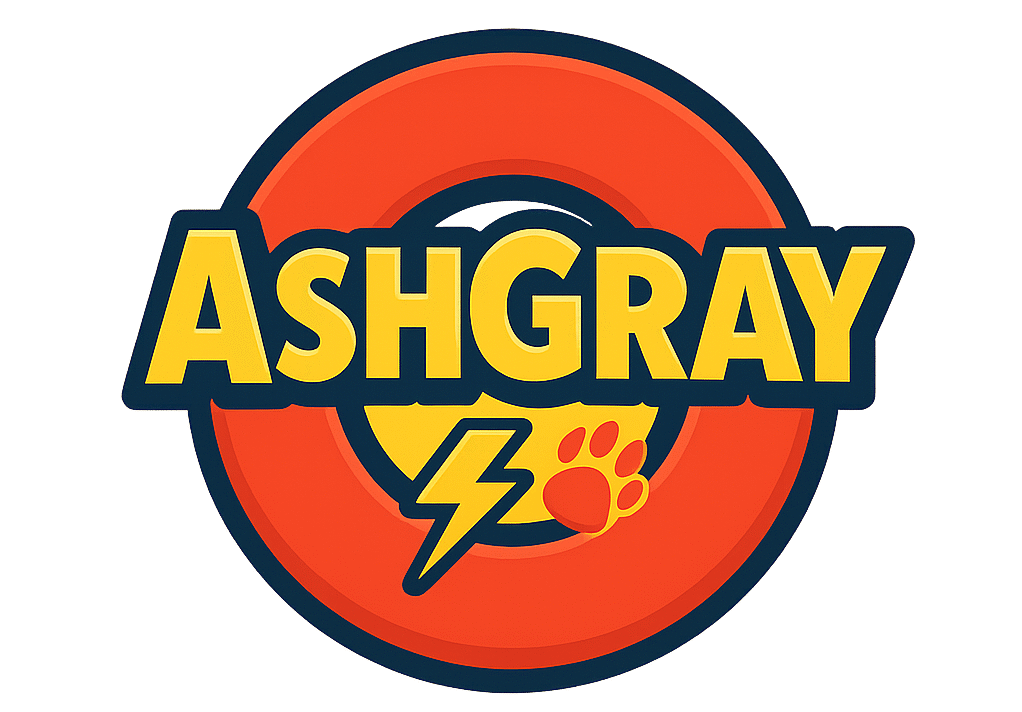In the world of forex trading, technical analysis remains one of the most widely used methods for anticipating price movements. Unlike fundamental analysis, which focuses on economic data and global developments, technical analysis is centered around historical price patterns, chart structures, and statistical indicators to guide trading decisions.
This article explores the key principles, tools, and strategies behind technical analysis and how traders can apply them to make informed market decisions on Quotex.
1. Core Principles of Technical Analysis
Technical analysis is built on three foundational ideas:
All Relevant Information Is Reflected in Price
Any factor that might affect the market—economic, political, or psychological—is believed to already be priced in.
Markets Follow Trends
Price behavior often follows recognizable patterns, typically moving upward, downward, or consolidating over time.
Price Behavior Tends to Repeat
Historical price actions often reappear due to consistent trader psychology. Recognizing these patterns allows traders to forecast potential outcomes based on past market behavior.
2. Understanding Chart Types
To use technical analysis effectively on Quotex, traders need to interpret price charts. The three most common chart types include:
Line Charts
Display a sequence of closing prices over time, offering a simple view of market direction.
Bar Charts
Include open, high, low, and close prices. This format provides deeper insight into intraday movements.
Candlestick Charts
Known for clarity, candlestick charts represent the same data as bar charts but with colored bodies and wicks. Candlestick patterns are widely used to anticipate price shifts.
3. Key Technical Indicators
Traders often rely on indicators to support chart analysis. On Quotex, these tools help identify favorable entry and exit points.
a. Moving Averages (MA)
- Smooth out erratic price changes and reveal overall direction.
- Simple Moving Average (SMA): averages closing prices over a set timeframe.
- Exponential Moving Average (EMA): gives more weight to recent data, reacting faster to price changes.
- Crossovers between short- and long-term MAs are often used to confirm trend shifts.
b. Relative Strength Index (RSI)
- A momentum indicator that highlights overbought (above 70) or oversold (below 30) conditions.
c. Moving Average Convergence Divergence (MACD)
- Combines two EMAs and a histogram to measure momentum.
- A bullish crossover occurs when the MACD line moves above the signal line, while a bearish crossover suggests selling pressure.
d. Bollinger Bands
- Consist of a moving average with upper and lower bands.
- Bands widen during high volatility and contract during quiet markets.
- Price touching or exceeding outer bands can suggest upcoming corrections.
4. Support and Resistance
Support and resistance levels are critical for understanding how price reacts to certain zones.
- Support: a level where buying pressure prevents further decline.
- Resistance: a level where selling pressure limits upward movement.
- These levels can be identified through past highs/lows, psychological price points, or Fibonacci retracement tools.
On Quotex, recognizing support and resistance helps traders set stop losses and profit targets effectively.
5. Recognizing Chart Patterns
Price charts often form repeatable patterns. Some of the most important include:
- Head and Shoulders: Often signals the end of a trend.
- Double Tops and Bottoms: Indicate fading momentum and potential reversals.
- Triangles: Show consolidation before a breakout, either bullish or bearish.
- Flags and Pennants: Suggest short-term pauses before the trend resumes.
Identifying these patterns can give Quotex traders a clear edge in planning trades.
6. Timeframes and Trading Styles
Technical analysis applies to all timeframes. The choice depends on trading style:
- Scalpers: 1–5 minute charts, aiming for quick profits.
- Day Traders: 15-minute to hourly charts, closing positions daily.
- Swing Traders: 4-hour to daily charts, capturing multi-day price moves.
- Position Traders: Weekly or monthly charts, holding trades for weeks or months.
Selecting the right timeframe on Quotex ensures consistency and clarity in strategy.
7. Limitations and Considerations
While powerful, technical analysis is not flawless:
- False Signals in Volatile Markets: Sudden moves may trigger misleading patterns.
- No Insight into Fundamentals: Ignores macroeconomic or geopolitical influences.
- Indicator Overload: Too many tools can create conflicting signals.
The key is to apply technical analysis with discipline and combine it with sound risk management.
Final Thoughts on Technical Analysis in Forex Trading with Quotex
Technical analysis is not about predicting the future with certainty, but about increasing the probability of making informed trading decisions. By applying its core principles, reading different chart types, using indicators such as Moving Averages, RSI, MACD, and Bollinger Bands, and understanding support and resistance zones, traders gain a structured way to approach the forex market.
Chart patterns and timeframes further help in identifying potential opportunities, whether for scalping, day trading, or longer-term strategies. At the same time, it is essential to recognize the limitations of technical analysis, especially the risk of false signals in volatile markets and the need to avoid indicator overload.
When practiced with discipline, risk management, and consistency, technical analysis becomes a powerful tool for improving accuracy and confidence in forex trading. On Quotex, mastering these techniques allows traders to align their strategies with market behavior and maximize trading performance.
